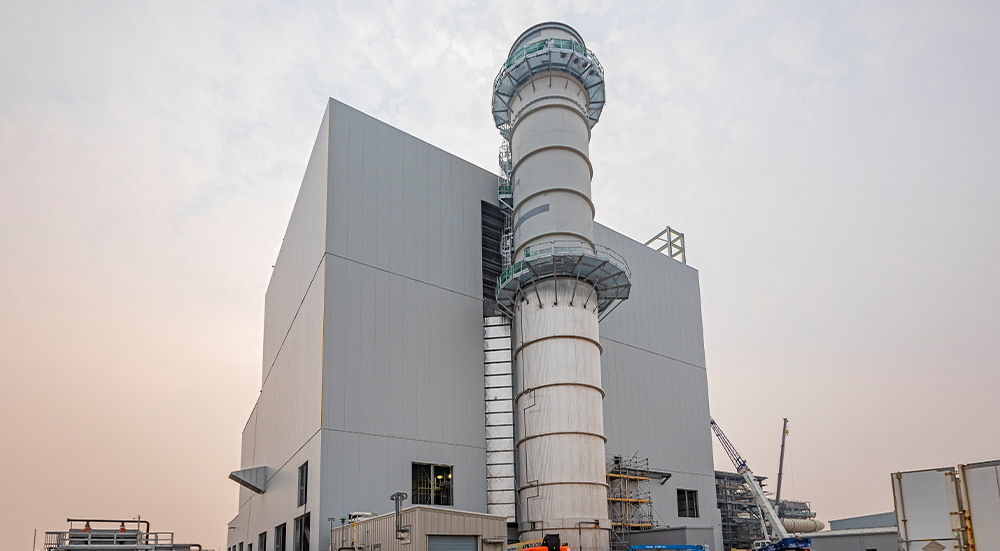Addressing Labor Challenges
Availability of skilled labor is highly dependent on location. Additionally, there is an industrywide skills gap between highly experienced labor from the baby-boom generation and the capabilities and experience of workers from subsequent generations. When considering that each job site is unique, experience and quality become key concerns.
Traditional field construction methods have different people doing different tasks on different job sites. Fabrication shops are set up to produce specific types of work in a controlled and consistent manner, similar to a factory setting. Workers within these shops are performing the same operations day in and day out, following structural processes and procedures that remove variability and enhance quality.
Completing fabrication work within off-site shops reduces the craft density at the construction site and minimizes work to be done at heights. Reducing the on-site density significantly reduces safety risks, particularly on space-constrained sites. Prefabrication also reduces weather-related risks because work is performed within a controlled environment.

